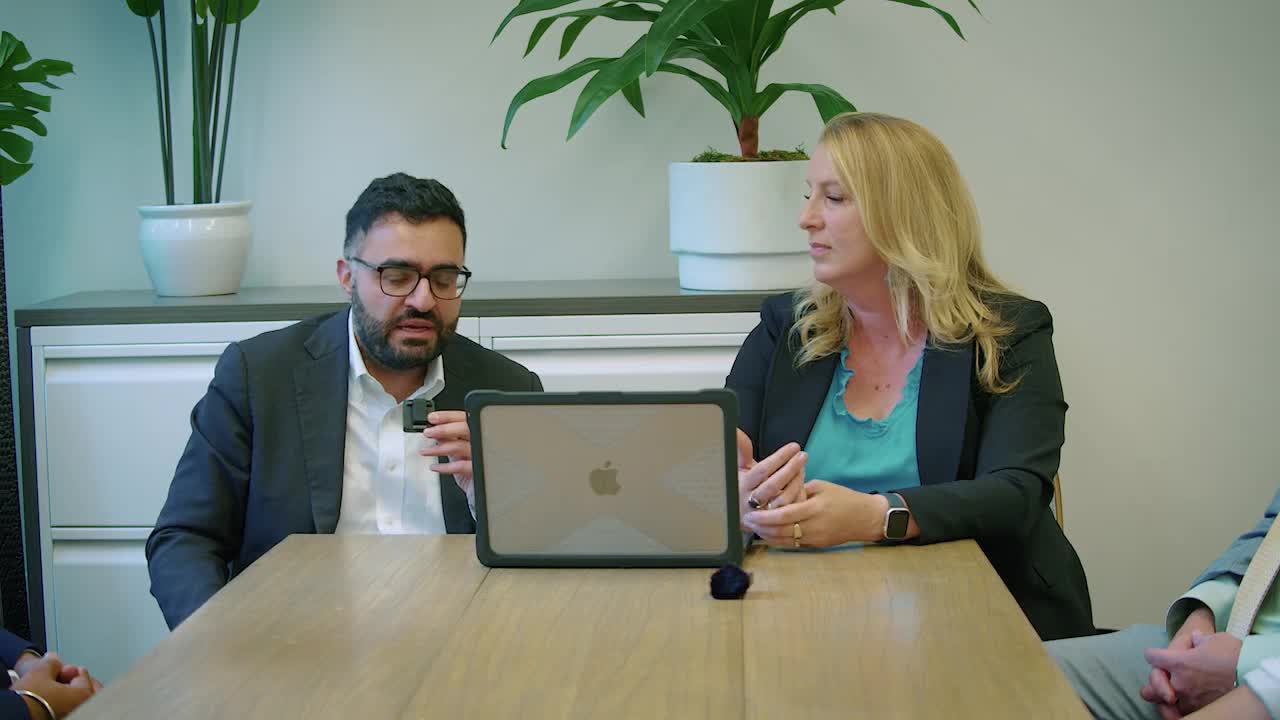Career Transition
Career transition, often described as a career change or job transition, is a significant process whereby individuals shift from one professional path to another. This shift typically involves embracing new roles, industries, or functions, often requiring the acquisition of new skills and a reevaluation of one's professional identity. Unlike minor job changes within the same field, a career transition represents a broader pivot that may include moving from finance to healthcare, altering job functions within the same sector, or even embarking on a venture as an entrepreneur. As the job market evolves, understanding the dynamics of career transition is crucial for those seeking greater job satisfaction, improved work-life balance, or new challenges. In today's fast-paced and technologically driven environment, career transitions are becoming increasingly common. Factors such as rapid economic shifts, advancements in technology, and changes in workforce dynamics compel many individuals to adapt through reskilling and repositioning themselves for emerging roles. Recent trends have shown that many workers face challenges in fulfilling skill gaps exacerbated by technological advancements, which underscores the relevance of mastering both technical and human skills. Effective career transition involves strategic planning, highlighting transferable skills like communication and problem-solving, and utilizing resources that blend AI-driven coaching with empathetic human support. By prioritizing self-assessment and leveraging tools to showcase achievements, individuals can successfully navigate this complex landscape, transforming their careers and opening doors to renewed purpose and success.
What are consulting firms looking for in candidates beyond technical skills?
Consulting firms seek humans they genuinely like and who are uniquely human - not just technically qualified, but people who are awesome, fun, and bring something valuable to the table. In interviews, they're assessing whether candidates can establish personal connections and share meaningful insights from networking conversations. This human element has become increasingly important in the hiring process. When candidates are asked why they want to work at a specific firm, those who can authentically reference conversations with current employees and demonstrate genuine enthusiasm stand out. The ability to build rapport and tell compelling stories often determines who receives offers, highlighting that consulting is fundamentally a people business.
Watch clip answer (00:03m)Why is it important to optimize the first sentence of your LinkedIn summary for mobile viewing?
When viewing LinkedIn profiles on mobile devices, only about three lines of your summary are visible before being cut off with a 'show more' option. This makes the first sentence crucial as it's what most viewers will see initially. Brenda emphasizes making this opening compelling enough to encourage visitors to stay on your profile and click 'show more.' Additionally, providing comprehensive content in your summary improves your visibility in LinkedIn search results, as the platform's algorithm favors profiles with more detailed information.
Watch clip answer (00:52m)What are the three components of LinkedIn's culture of transformation?
LinkedIn's culture of transformation consists of three key components. First is the transformation of the individual, where LinkedIn aims to help every employee realize their career potential by understanding their dream job and providing coaching and development to achieve it. Second is the transformation of the company, focused on realizing the full potential of the LinkedIn platform beyond its current 225 million members to serve the 600 million knowledge workers worldwide. Third is transforming the world by creating economic opportunity for every professional globally, which LinkedIn views as their most important mission because it improves quality of life and creates role models for future generations.
Watch clip answer (01:42m)How can I effectively use LinkedIn to build an alumni network for career opportunities?
LinkedIn is one of the top ways to build an alumni network by utilizing its robust search features to find people who attended your alma mater, filtered by location or company. When connecting, include a personalized note explaining why you're reaching out. After establishing connections, schedule meetings via phone, Zoom, or in-person to develop relationships. During these conversations, practice active listening to identify how you might be a solution for them, while sharing your career goals. For those launching their careers, alumni connections provide valuable insights about different industries - find someone doing what you'd like to do and learn about their path. Your shared educational background creates an immediate common ground that serves as an excellent conversation starter.
Watch clip answer (01:51m)How can I use LinkedIn to successfully transition careers?
To effectively use LinkedIn for career transitions, you should tailor your profile to reflect your new career choice by incorporating industry-specific keywords in your headline and summary. The average person changes careers about 11 times in their lifetime, so this is a common challenge. Heather Austin recommends being transparent about your career change by explicitly mentioning your transition in your summary section. This approach helps potential employers understand your situation while positioning you for new opportunities in your desired field. Your profile should strategically highlight transferable skills and experiences relevant to your new direction.
Watch clip answer (00:34m)What are the key strategies for managing stress during career transitions?
According to Pavan Sathiraju, managing stress during career transitions involves several practical approaches. First, incorporate physical activities like walking, exercise, or meditation into your daily routine - a strategy recommended by over 100 leaders interviewed in Timothy Ferris's book 'Tribe of Mentors.' Second, reduce external noise from social media and success stories that can cause depression and comparison. Finally, give yourself adequate time for the transition without unrealistic expectations. Pavan emphasizes that career changes are difficult but possible with proper planning, stress management, and leveraging your existing strengths rather than completely starting over.
Watch clip answer (04:21m)




